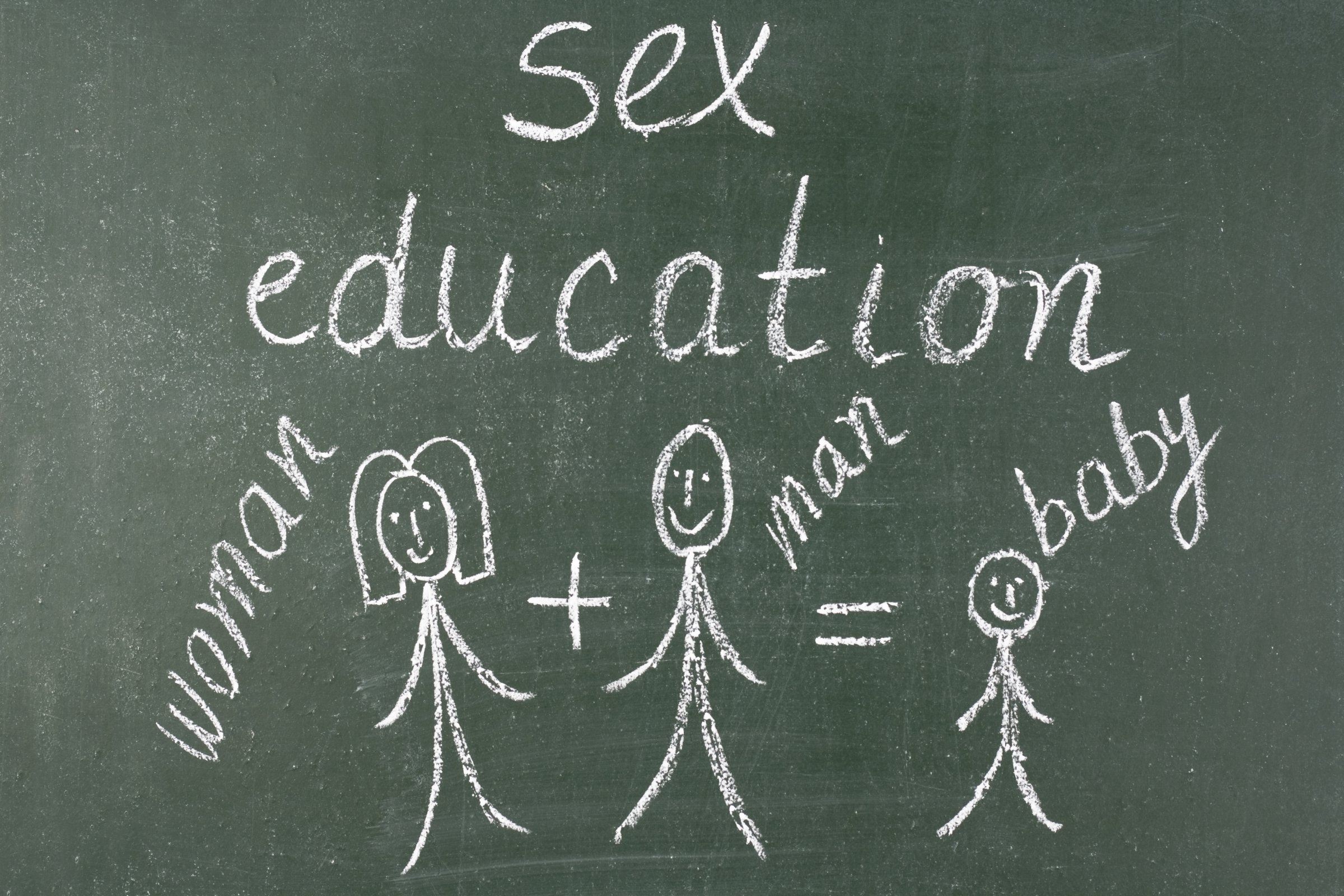
Students in a Nevada school district are taking sex education into their own hands by pushing for a comprehensive curriculum that touches on anatomy, contraception, sexual identity and gender identity–a far cry from the usual practice of rolling condoms on bananas and calling it a day (the highlight of my own sex-ed experience.)
The Sexuality Information and Education Council of the United States (SIECUS) published guidelines that many Clark County students hope will inform their sex-ed curriculum, specifically discussing rape and sexual assault–both of which are increasingly pervasive on college campuses. One in five women will experience sexual assault while attending college, and there are many programs (including The White House’s It’s On Us public service campaign) that are actively working to reduce this alarming statistic. But what are high schools doing to teach students about physical boundaries before sending them off to college? Thanks in part to parental opposition, not nearly enough.
Sex Ed Books Through the Ages





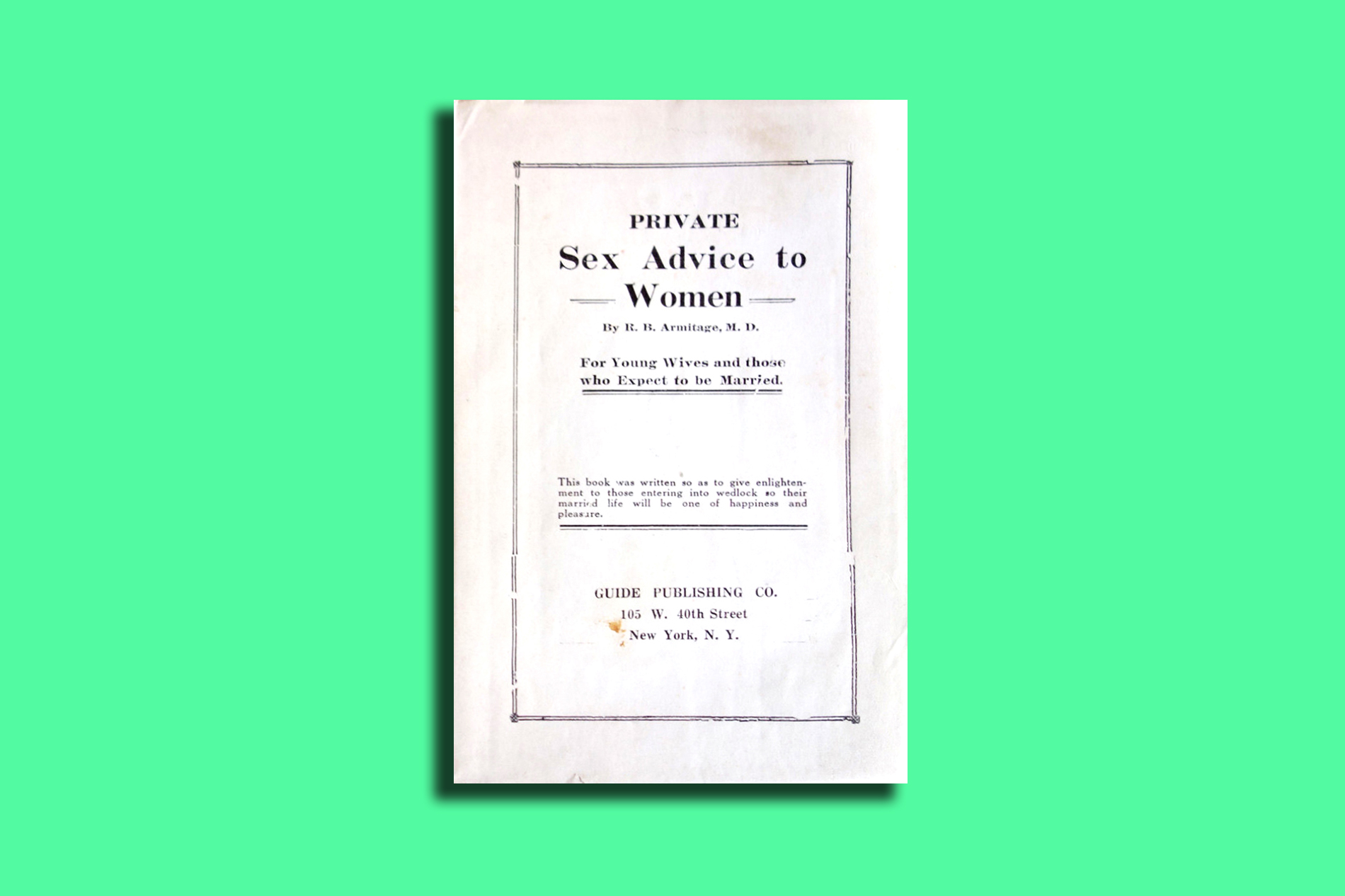





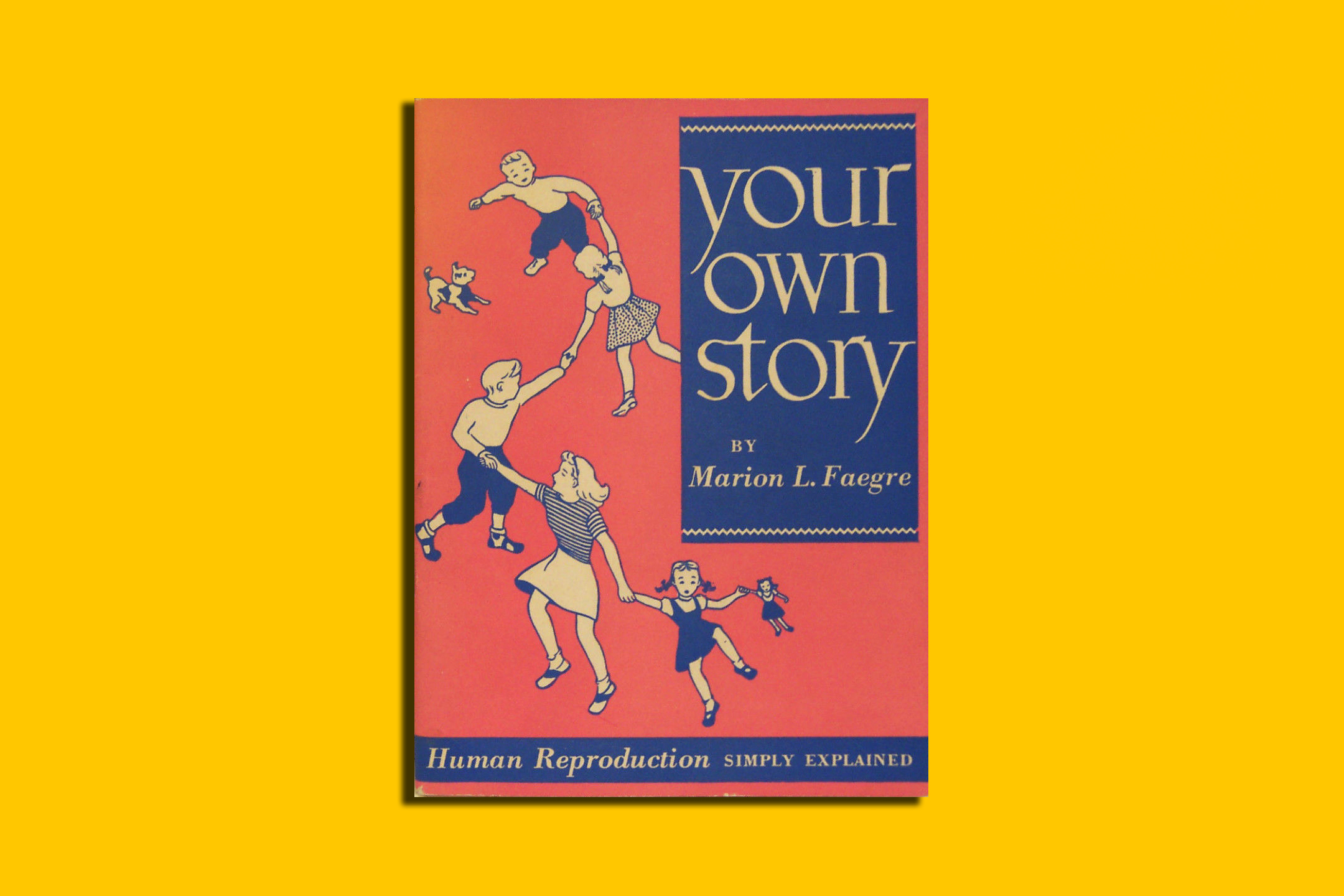
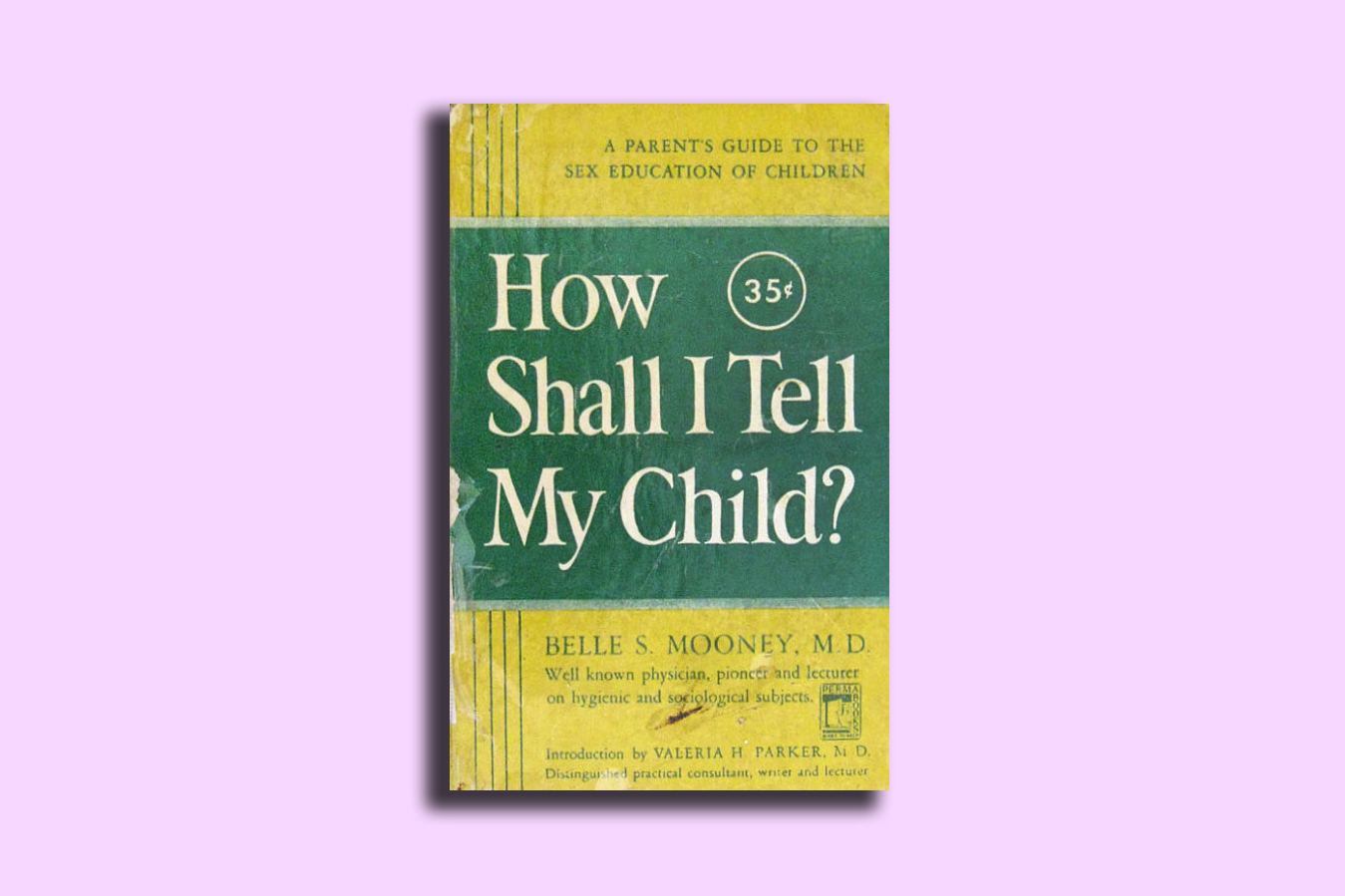






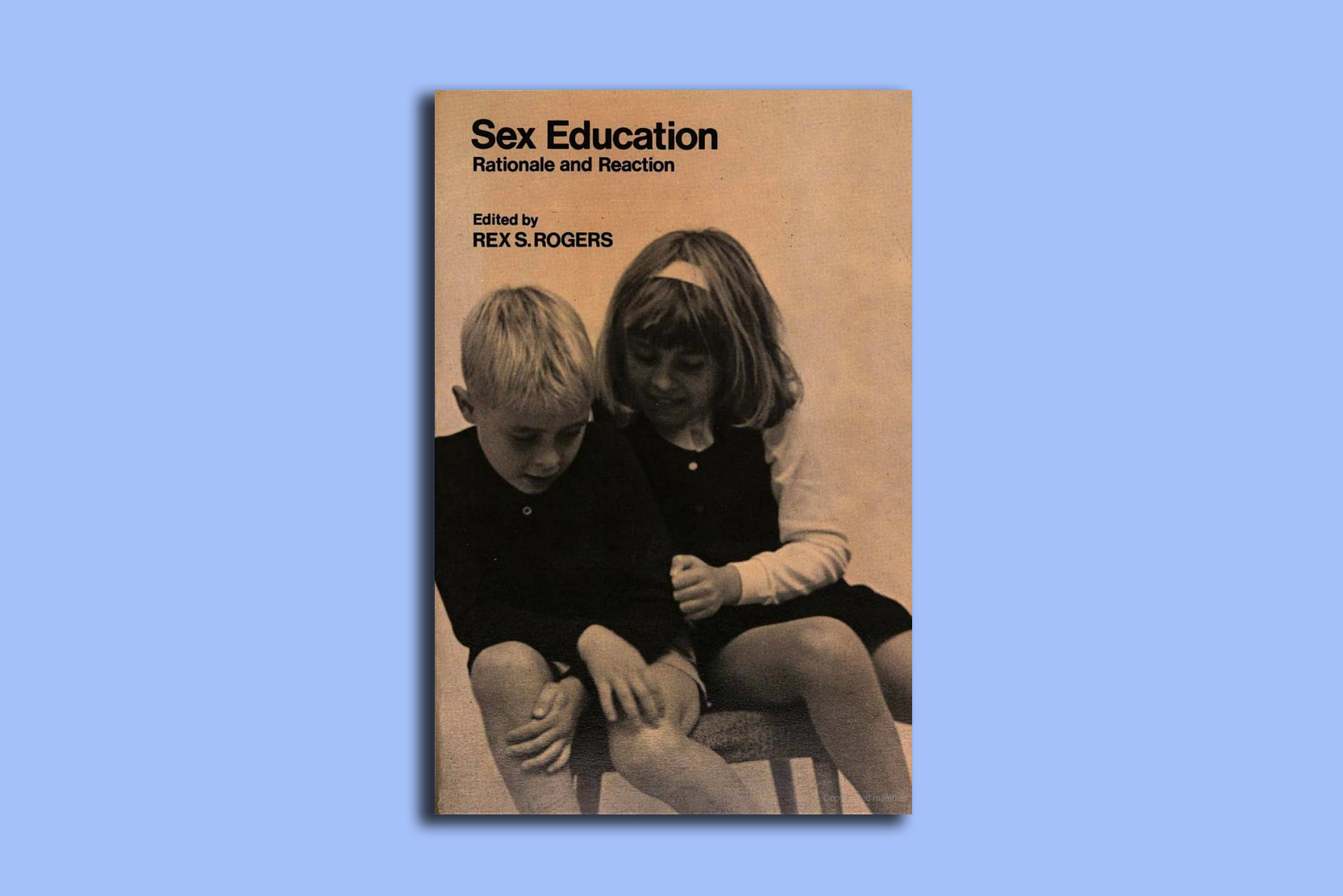




Students in Nevada are hoping their voices will be heard in Clark County’s open forums, which occurred as a result of parents being outraged over the proposed SIECUS curriculum. The program’s expansive coverage includes information about harassment and rape (as well as ultra-controversial information on masturbation), and goes too far for many parents who believe these issues shouldn’t be taught in the classroom. Sure, educating children about their bodies is generally considered to be an effective way of preventing assault, but some parents feel “uncomfortable” about the new sex-ed curriculum, and emphasize the need to educate kids on their own terms, in the comfort of their own homes. Parental concern was reason enough for Clark County superintendent Pat Skorkowsky to ditch SIECUS and offer up a public apology, but students aren’t giving up the fight.
“As a rape survivor myself I know firsthand what I received in my sex-ed classes here in Nevada, and what I didn’t,” Nevada Learning Academy student Caitlyn Caruso tells TIME. “And I know that in my sex-ed classes I received a lot of scare tactics, a lot of shaming, a lot of information that made me feel ‘othered’ and didn’t really arm me with any real knowledge to protect myself.” Caruso believes sex-ed courses can help educate teens dealing with this issue. “I’ve had so many other students confide in me about sexual assault and rape, and how they didn’t know what had happened to them with rape or sexual assault because they were never given those words and they were never given those skills from their sex-ed courses.”
Despite the fact that sex-ed programs like that of SIECUS offer the tools needed to deal with sexual assault head-on, only 22 states and the District of Columbia actually require schools to teach sex-ed– meaning students in 28 states aren’t necessarily learning how to use condoms, let alone being taught not to sexually assault their peers. (Note: Nevada has an “opt-in” policy, which means parents may choose to have their children attend sex-ed). “High schools have been very resistant to taking on the issue,” says Oklahoma State University professor and rape-prevention researcher Dr. John D. Foubert. “But if we’re going to make any progress in ending sexual assault, we’ve got to get them on our side.”
Brenda Aguilar, coordinator of Planned Parenthood of Southern Nevada’s Responsible Sex Education Institute Program, reinforces this belief, telling TIME that “open communication about sexual activity is a skill that needs to be learned,” and that “sexual assault prevention requires in depth education, [as well as] talks about consent, communication, negotiation and refusal skills, which is included in comprehensive sexuality education.”
Al Jazeera recently published a by-the-numbers breakdown of sexual assault instances among teens, reporting that 58% of students per year in grades 7-12 experience sexual harassment (typically defined as “unwelcome sexual advances, requests for sexual favors, and other verbal or physical harassment of a sexual nature”), while 1 in 5 girls report being sexually assaulted at school, and 1 in 8 girls report being raped. “The risk for sexual assault goes way up for high school aged folks,” says Scott Berkowitz, Rape, Abuse and Incest National Network (RAINN) president and founder. “[Ages] sixteen through twenty-four are in general the highest risk years, so it is too late to wait until college [to talk about this]. I think it’s an appropriate thing to include in high school curriculum.”
About two thirds of sexual assaults are committed by an acquaintance of the victim, so it stands to reason that peer-level education is vital to prevention. And while Nevada’s controversial sex-ed guidelines do discuss sexual assault and rape at length, there’s still an underlying feeling that teens are primarily being taught how to avoid getting sexually assaulted, as opposed to being taught not to sexually assault. The SIECUS guideline advises students that “avoiding alcohol and other drugs” is a valuable protective tool, but Dr. Foubert’s research shows that teens (specifically men) can actually be educated on how to prevent assault.
“The approach I take is to appeal to men as potential helpers, both in terms of helping a friend who’s survived sexual violence, and in terms of intervening to prevent a sexual assault from occurring,” says Foubert. “It has multiple benefits…it actually does decrease sexually violent behavior on the individual level in men, but [also] when we train men to intervene as bystanders, it can help them become part of the solution. When we approach them through that learning channel, it tends to encode in their minds more strongly.”
The White House’s recent It’s On Us Public Service Announcement is a great example of the growing effort to educate college students about bystander intervention, but again, the message is clearly targeted toward an older crowd. The fact remains that most high schoolers just aren’t learning assault prevention or bystander intervention as part of their required curriculum. “There are obviously a lot of areas where there’s resistance to teaching sex-ed,” says Berkowitz. “In those areas, our approach has been to find another place to incorporate the sexual assault messaging. Even if you’re uncomfortable with talking about birth control and other topics in a birth control class, that’s not an excuse for ignoring sexual violence.”
Not only will sex-ed programs like that of SIECUS teach kids about birth control, they’re also a vital opportunity for high schoolers to be taught the sexual and physical boundaries that help prevent sexual violence. Sure, on some nostalgic level I hope my kids learn how to roll a condom onto a banana (contraceptive education is important!), but sex-ed has the equally important ability to prevent sexual assault at a developmental level…if we give it the opportunity to do so.
More Must-Reads from TIME
- How Donald Trump Won
- The Best Inventions of 2024
- Why Sleep Is the Key to Living Longer
- Robert Zemeckis Just Wants to Move You
- How to Break 8 Toxic Communication Habits
- Nicola Coughlan Bet on Herself—And Won
- Why Vinegar Is So Good for You
- Meet TIME's Newest Class of Next Generation Leaders
Contact us at letters@time.com